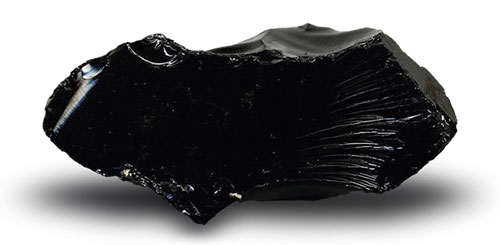Bitumen family
Pierre consists of only two polar and non-polar family
Polar molecules differ in:
(A strength and number of polar groups
(B molecular weight
(C degree of aromatic
Nonpolar molecules differ in:
(I molecular weight
(Ii grade aromatics

This match two families, the extent to which they can be played on each other is measured by the degree of their respective aromatics.
This match two families, the extent to which they can be played on each other with their respective degrees measured aromatics.
Mingle and uniform handling of this material is almost impossible because of different chemical groups with major differences are large. The result has been looking to improve and changes in crude oil bitumen based on the decomposition groups that the chemical reactions are not.
By analyzing the properties expression pitch
It is easier and more useful to determine the pitch of molecular reactions. Analysis of important chemicals bitumen may do this.
Easy and simple analysis
Qyrha can end up simply into two groups, Maltn and asphaltene are classified.
Asphaltene and
Asphaltene and linear polarization of atomic nuclei and groups with high density and compactness, systems unsaturated Polycyclic Aromatic, Medicinal polar and polar atoms have nuclei and large amounts of active groups.
Or material fraction samples of bitumen, as the precipitated material when a straight-chain alkanes is added to the bitumen, is defined.
It has been found that the amount of tar that will precipitate the kind of alkanes used, different.
Asphalten upgrade product quality pitches with geological effects and influences how they are produced. Does not require that they have a high molecular weight, but most have their polarity.
It has been found that asphaltene molecules collection and mass of bitumen are the most polar and hence can only dilute or some energy as heat or separated ion release.
When the molecular weight is determined by the ionization field, spectroscopy created the material, much smaller amounts than traditional methods of measuring the show. (C / f 20000-1000)
This fact shows that the asphaltene molecules and large molecules but the polar forces are very high because of the presence of the polarity of the chemical composition of asphaltene nuclei and atoms (sulfur, oxygen and nitrogen) is.
These polar groups that are enabled or disabled.
Recently, it was observed that the extraction process chain alkanes may also linear hydrocarbons with a high molecular weight that feature a wax-like and may at low temperatures due to gross material (eg, holes are created on a cold fat) Leave eat their deposits.
These are not wax because it has a much higher molecular weight.
Maltn of (petroleum)
The residual bitumen materials, and consists of two parts, oils and resins are. This material is easily separated using gel separation / clay takes place.
Oils
The oils of paraffin and liquid bitumen and therefore Syklvparafyn and Hide dense and compact with some aromatic Lkylhay formed. The more aromatic hydrocarbons Nftv- aromatic ring with three or four molecules is Nftanyk. This article or section is non-polar.
Resins
Resins are chemically very similar asphalten resin materials that are drawn from oil to pass asphalten resins mainly polycyclic molecules containing saturated aromatic rings and heteroaromatic rings and hetero atoms in diverse groups, respectively.
Asphalten size are not polar resin and asphaltene are also reactive power is not enough.
Asphalten special agents and thickeners and polar aromatics is also the tensile properties of materials involved in them. And fluid flow properties due to the presence of aromatic and saturated Hide that combine to produce asphaltene track the complex flow properties.
Sophisticated analytical materials
Very efforts to tar it has been active chemical compounds, compounds that exist in nature, techniques that have been used as a method in the last fifty years include:
1. Selective adsorption / separation of gas from liquid Corbett
2. Chemical deposition Roestire / sternbory
3. separation with minor solvents Traxler
4. chemical reactivity Boduszynski
5-Jenninys HPLC